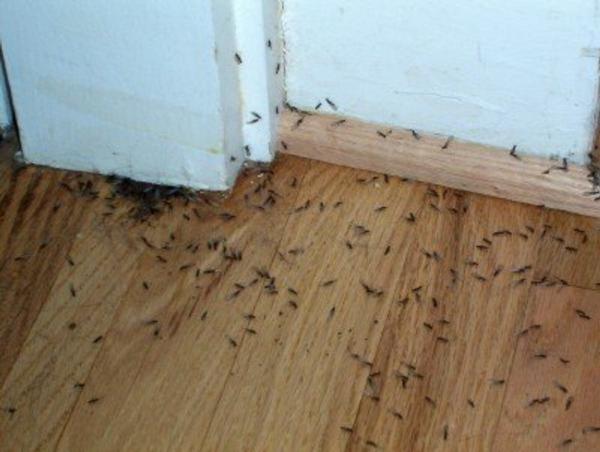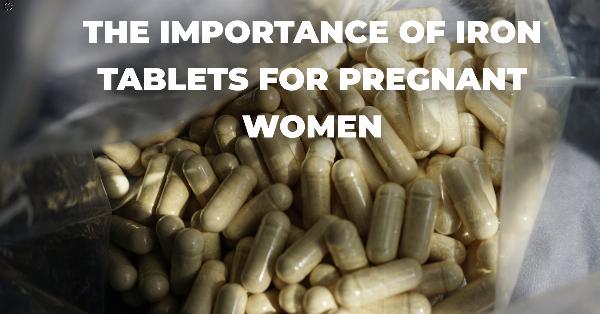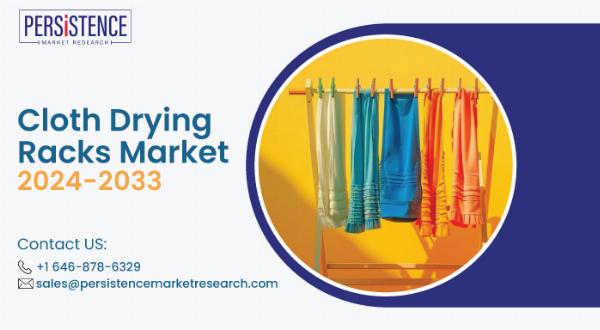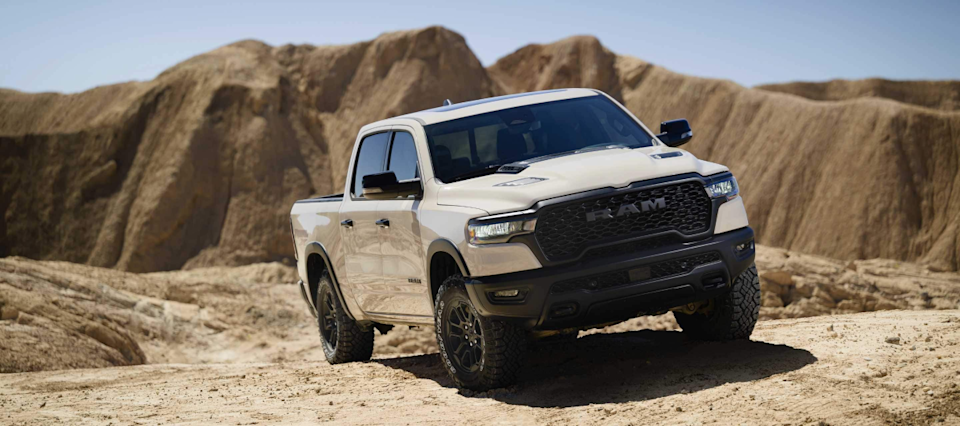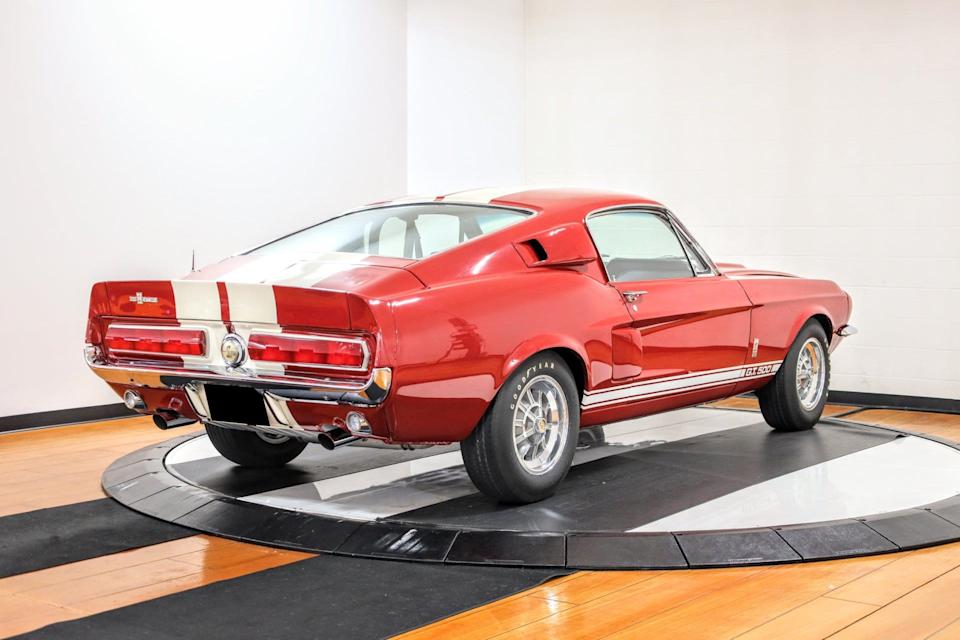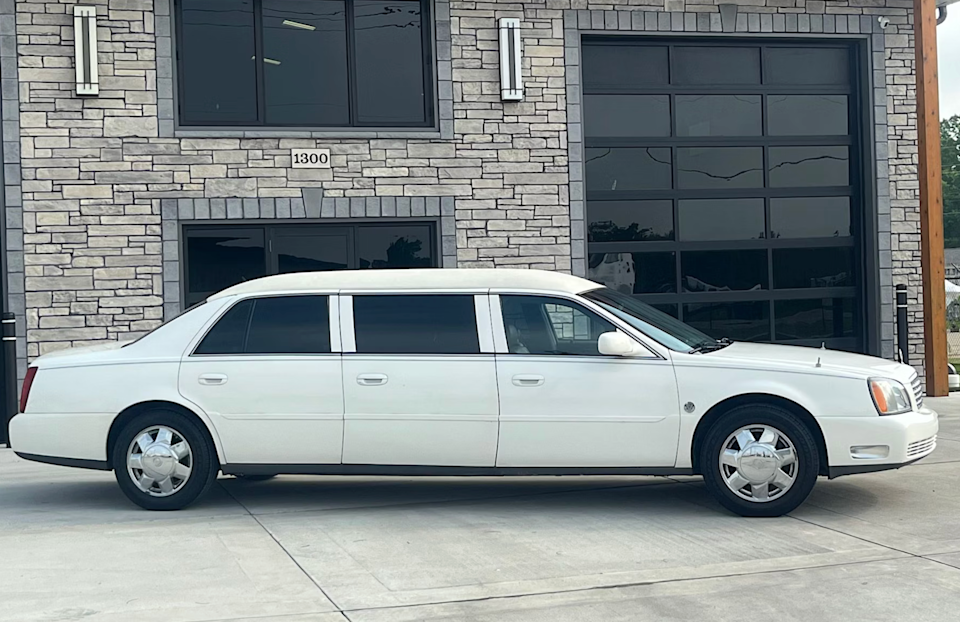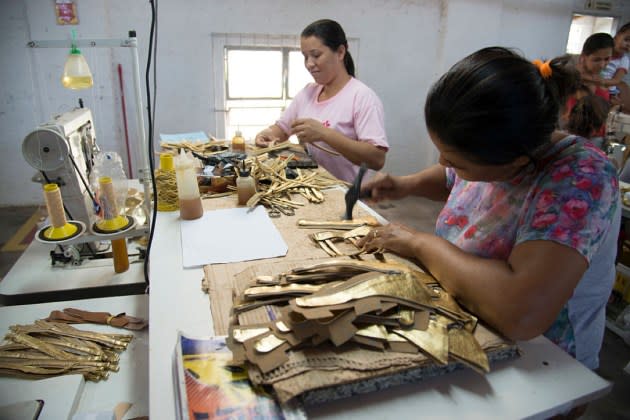
The U.S. and Brazil are now in a war of words.
And what’s at stake in trade talks could spell disaster for shoe firms with ties to Brazil that sell into the U.S. market. That’s presuming U.S. President Donald Trump’s threat of a 50 percent tariff on Brazilian imports takes effect on Aug. 1.
More from WWD
-
Brunello Cucinelli Expects Modest Profit Growth in 2025, Sees Sales Up 10 Percent in 2026 After Positive H1
-
Spending on Back-to-school Shopping Remains Steady but Essential-focused, Amid Tariff Fluctuations
-
India Survives Another Round of Trump Tariff Letters: Could a Deal Help Spur More U.S. Shoe Exports?
According to Abicalçados, which represents the national footwear industry, Brazil is the fifth largest producer of footwear in the world and the largest in the West. The sector produces more than 800 million pairs annually, and exports about 15 percent.
“The announcement of an additional 50 percent tariff on Brazilian products in the United States will undoubtedly impact footwear exports, making access to the U.S. market more difficult,” an Abicalçados spokeswoman said. “Despite the unique strengths of ‘Made in Brazil’ footwear — including sustainability, technology, comfort, and design — the high tariff will increase product costs.”
She added that the Brazilian footwear industry sees the U.S. as a strategic partner, and “believes that a solution to the impasse can be reached by August, considering the long-standing relationship between the two countries.” The spokeswoman noted that the high tariff comes at a time when Brazilian exports to the U.S. are “recovering,” noting that shipments to the U.S. last month “were 40 percent higher” when compared to year-ago levels.
The latest tariff surprise comes at a time when brands such as Steven Madden Ltd. quickly moved some production to Brazil to avoid getting hit with high reciprocal tariffs that were levied on China. Now they may need to rethink those strategies depending on how tariffs shake out globally.
Other key made-in-Brazil brands include São Paulo-based Havaianas owner Alpargatas S.A., the Arezzo & Co. and Grupo Soma conglomerate that owns brands that include Alexandre Birman, Schutz, Arezzo, and Farm Rio, as well as sandal giant Grendene Global Brands, which owns Melissa, Rider and Grendha, among others.
Vegan footwear brand Della Terra Shoes, the direct-to-consumer line 10th Floor, and The Walking Co., which includes its Abeo brand, count Brazil as a manufacturing hub. French sneaker brand Veja uses upcycled and sustainably produced materials and works closely with cooperatives of small producers in Brazil under fair trade practices.
Story ContinuesMarina and Ricardo Larroudé, founders of their namesake women’s footwear firm Larroudé, have opened a pair of Brazilian factories in the past two years as they rapidly scale production in their home country.
And then there are footwear brands such as Allbirds and Kane Footwear, which use a form of foam for their shoe soles that are sourced from Brazilian sugarcane. Kane also produces its footwear in Brazil.
What will actually happen on Aug. 1 is anyone’s guess.
In the meantime, as for shifting some production out of Brazil, Marina Larroudé said: “We are not planning that immediately. But [we] are looking to figure out how to produce in New York [in] small batches.”
Could the brand pull back on U.S. sales to focus on other markets? The Larroudé co-founder said the company has “always aimed to sell globally,” and emphasized that the decision was independent from tariffs.
Trump’s Brazil move was likely a calculated one to up the ante in the negotiation process. Brazil is a key trading partner, ranking among the top 20 at around Number 16. Trump’s tariff letter includes a reference to transshipped goods and what would happen if reciprocal tariffs were placed on American exports.
Trump described the current Brazilian government’s treatment of — and trial against — former President Jair Bolsonaro as a “Witch Hunt.” And in reference alleged trade deficits, he also cited Brazil’s attacks on the “Digital Trade activities of American Companies” as the basis for directing U.S. Trade Representative Jamieson Greer to initiate a Section 301 probe.
Will Trump’s bold negotiating tactic — critics might call it bullying — work? That depends on whether anyone takes Trump at his word, or merely presumes he’s just positioning for more trade concessions.
For starters, a report from the Office of the U.S. Trade Representative said that the U.S. had a $7.4 billion goods surplus with Brazil in 2024, representing a 31.9 percent increase over 2023’s $1.8 billion deficit. And calling for a probe is reminiscent of Trump’s Aug. 14, 2017, directive for an investigation into China’s alleged theft of American intellectual property and related technology transfers.
A report from the Covington & Burling law firm in December noted that Section 301 is an investigative tool under U.S. trade law that allows U.S. Trade Representative’s office to “pursue unilateral trade retaliation against countries that impose unfair trade barriers against the United States.” And once a probe is started, who knows what investigators might conclude once that’s completed.
Meanwhile, Brazilian President Luiz Inacio Lula da Silva saw red, responding on the X social platform that his country will not accept being lectured by another, and that his government would respond in kind, citing to Brazil’s reciprocity law that allows for proportional countermeasures.
And while Trump has has said that the U.S. is close to a trade deal with India and that it remains in tariff talks with China, he’s also threatened a 10 percent tariff on BRICS countries, which includes Brazil, India and China. That’s because he believes they’re trying to undermine the U.S. dollar as the dominant global currency. But that threat could backfire and push the BRICS member nations to tighten ranks and do what Trumps says he’s trying to prevent from happening.
Separately, the Footwear Distributors and Retailers of America (FDRA) sent a letter to the Trump Administration on Wednesday requesting that it not add additional footwear tariffs on top of existing ones ahead of the back-to-school selling season. The FDRA has long advocated that the tariffs disproportionately impact working families, particularly for children’s shoes. The trade group said the rates they face could be as high as 20 percent to 48 percent more for a pair of shoes. One example cited were children’s shoes from Vietnam that already have a 20 percent tariff and now will have a new 20 percent added tariff.
Some trade insiders have suggested that firms could seek a reclassification of a key component so that a shoe comes under a different tariff rate from another country, but that scenario is very complicated as well. In the meantime, back-to-school season — a critical period for the industry — is drawing near.
“Families must buy multiple pairs of shoes each year as their kids’ feet grow. As back-to-school season approaches, buying new shoes is a necessity for millions of U.S. families. Shoes allow kids to participate fully in school. They are an essential part of sports activities and play a key role in health and fitness for children,” wrote FDRA president and CEO Matt Priest.
Priest added that “footwear is not an industry that is strategic to national security priorities,” and noted that footwear firms should be given a credit for the “more than $3 billion they pay to the government every year in tariff revenue.” He said that in 2025 alone, total duties paid by shoe companies to the government “will reach more than $5 billion.”
Best of WWD
-
All the Retailers That Nike Left and Then Went Back
-
Mikey Madison's Elegant Red Carpet Shoe Style [PHOTOS]
-
Julia Fox's Sleekest and Boldest Shoe Looks Over the Years [Photos]
Sign up for FN's Newsletter. For the latest news, follow us on Facebook, Twitter, and Instagram.



